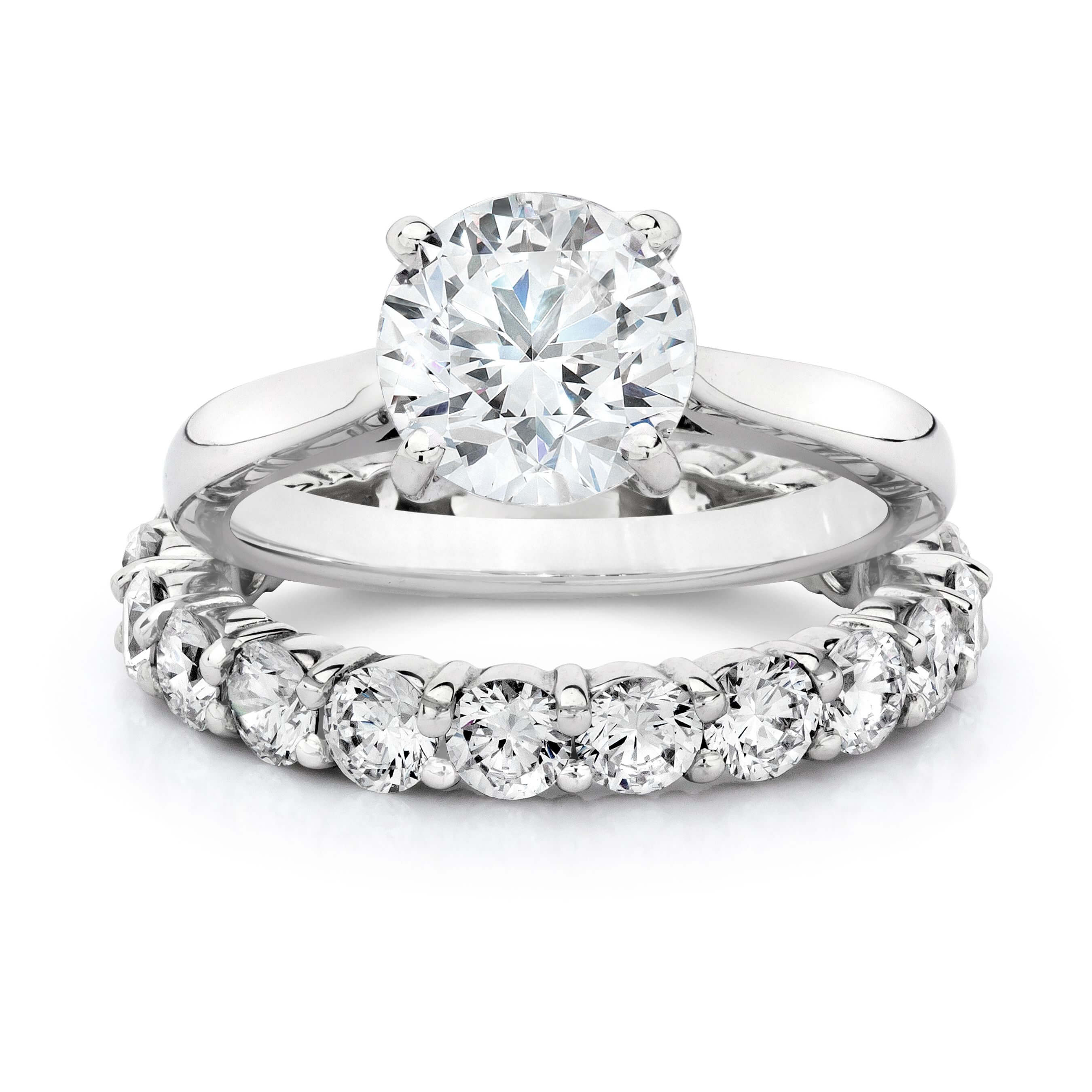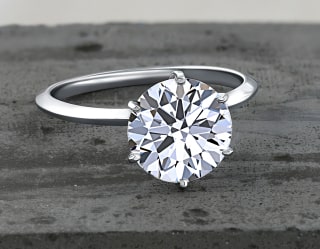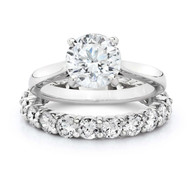Diamond 101: Pompeii3’s Ultimate Diamond Clarity Guide
Aug 5, 2021

At Pompeii3, we’re more than just an online jewelry retailer. We’re passionate about jewelry, and diamonds in particular. It’s our desire to take our knowledge and expertise and pass it along to our customers so you can shop for your jewelry with confidence. We take jewelry education very seriously!
How Are Diamonds Graded?
Diamonds are graded in four different categories. Sometimes you’ll hear them called the “4 C’s.” They are:
- Cut: What is the finished shape of the diamond?
- Color: What is the hue of the diamond?
- Carat weight: How heavy is the diamond?
These three standards are typically the least mysterious, as they are all fairly simple to discern with the eye. The final “C” is a bit different, which is:
- Clarity: What is inside the diamond?
This final category can be a bit more challenging to understand, as both magnification and a bit of knowledge of how these gemstones form are needed to rate diamond clarity. So to help our customers understand diamond clarity differences, we’ve put together this diamond clarity guide for your convenience.
What’s Inside A Diamond?
It’s important to remember the origin of a diamond when thinking about clarity. Natural diamonds are pieces of carbon that have been exposed to tremendous amounts of heat and pressure for an extended period of time. When a diamond is finally formed in nature, there are typically small pieces of carbon still embedded inside the stone.
Don’t worry. Small particles of carbon trapped inside a natural diamond is not a cause for concern. In fact, it’s part of what makes a diamond unique. These small inclusions and blemishes form the unique identifying marks of the diamond. In many ways, they’re like the diamond’s fingerprint.
How Are Diamonds Rated For Clarity?
For years, there was no commonly recognized diamond clarity guide or system to rate diamonds based on their clarity. That changed in the 1940s when the Gemological Institute of America established a universal rating system of six categories and 11 rankings to help both jewelers and consumers definitively identify diamond clarity differences.
- Flawless (FL): No inclusions or blemishes are visible to a skilled grader using 10× magnification
- Internally Flawless (IF): No inclusions and only blemishes are visible to a skilled grader using 10× magnification
- Very, Very Slightly Included (VVS1 and VVS2): Inclusions are difficult for a skilled grader to see under 10× magnification
- Very Slightly Included (VS1 and VS2): Inclusions are minor and range from difficult to somewhat easy for a skilled grader to see under 10x magnification
- Slightly Included (SI1 and SI2): Inclusions are noticeable to a skilled grader under 10x magnification
- Included (I1, I2, and I3): Inclusions are obvious under 10× magnification and may affect transparency and brilliance
(Source: Gemological Institute of America)
To make the diamond clarity guide even more simple to understand, consider this: any diamond with an “I” rating will have inclusions and blemishes that can be seen with the naked eye. Any rating of an “S1” or above has none that are visible apart from magnification.
Diamond Options From Pompeii3
At Pompeii3, we want you to have as many diamond options as possible. That’s why we offer both naturally mined diamonds as well as our exclusive EX3 lab-created diamonds. Our lab diamonds have the same physical, chemical, and optical properties as natural diamonds. You can end up buying a diamond with a much better clarity rating for a lower price, which makes them a popular choice for engagement rings, wedding rings, and other pieces of fine jewelry.
Still have questions about our diamond clarity guide? Contact us today, and our customer service team will be glad to help you!



 Engagement Rings
Engagement Rings
 Tungsten
Tungsten Wedding Rings
Wedding Rings
 Fine Jewelry
Fine Jewelry
 Diamond Studs
Diamond Studs
 Up To 80% Off
Up To 80% Off

 White Gold
White Gold